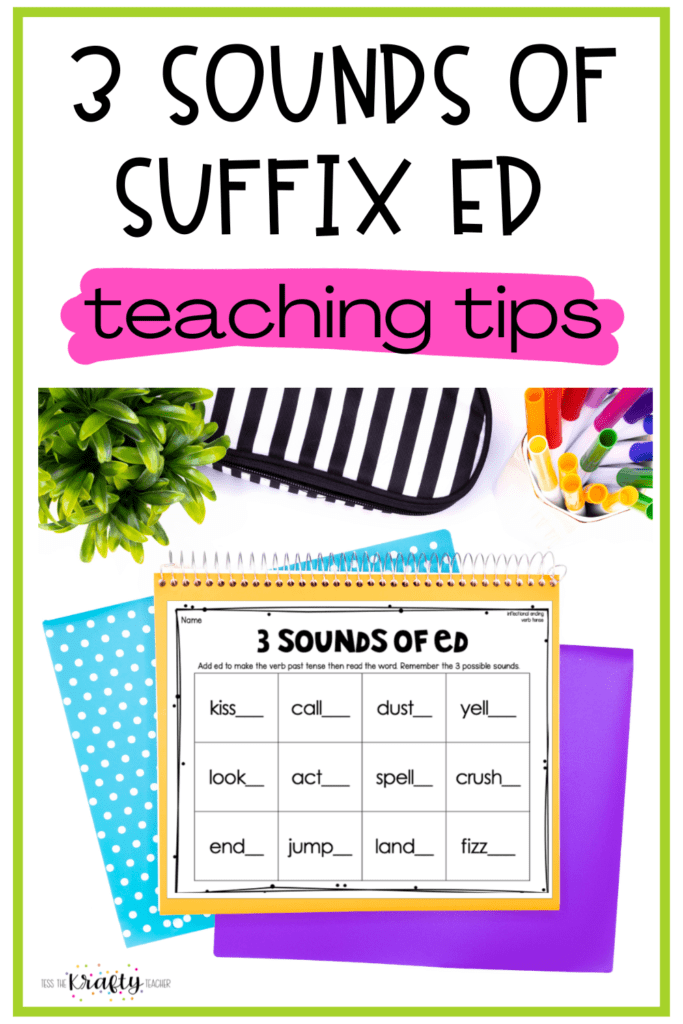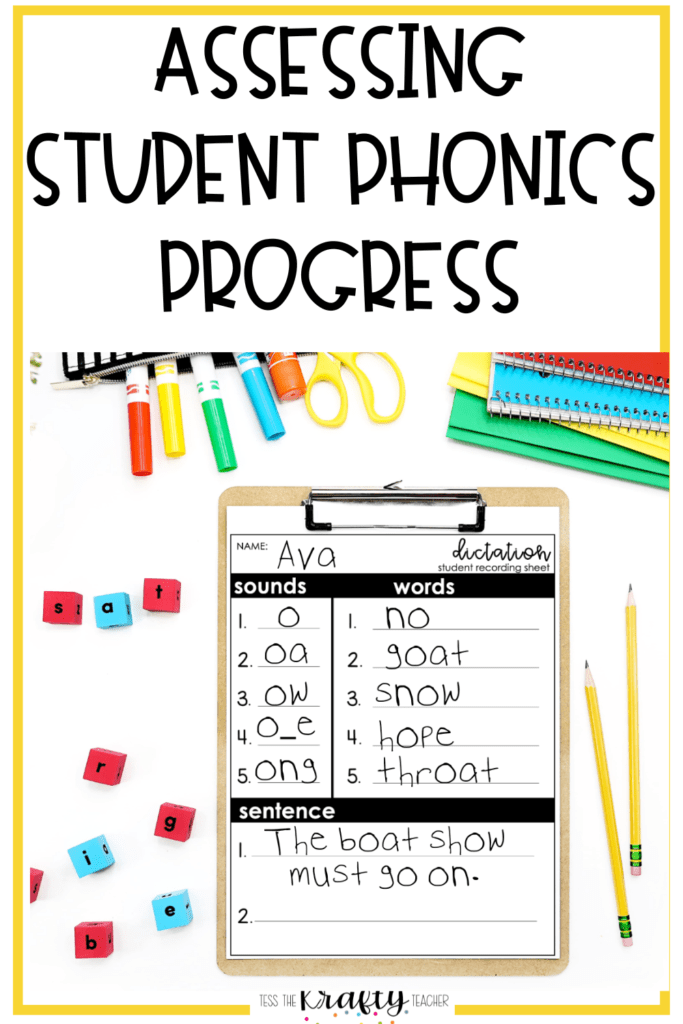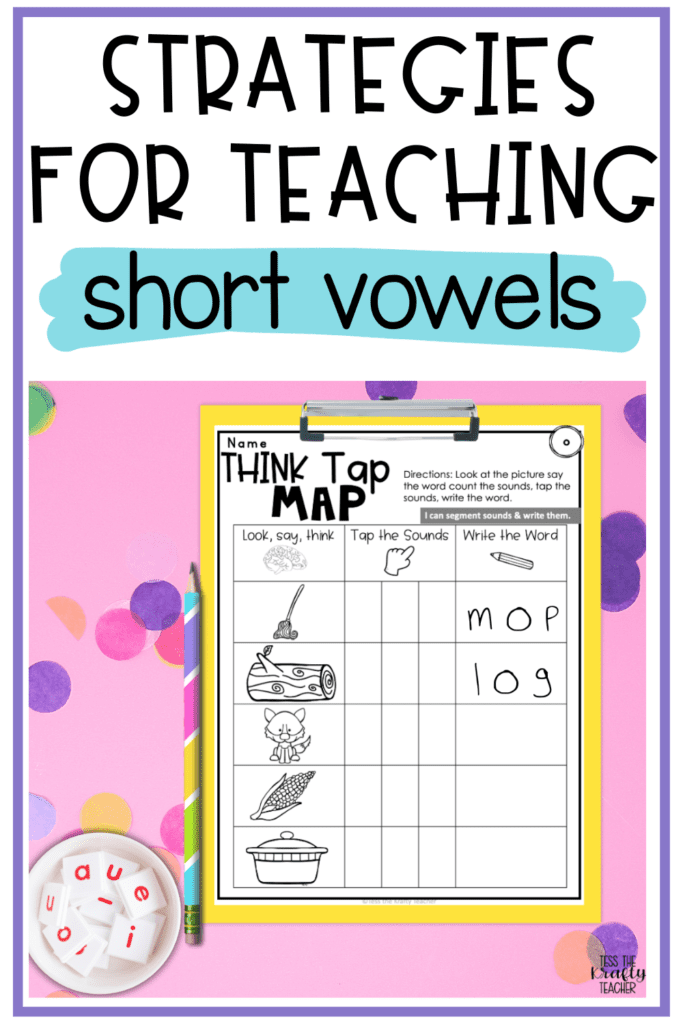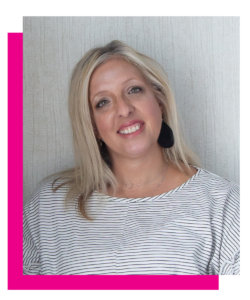Open syllables was one of the two syllable types that I didn’t know about until my Master’s degree program. It is also the syllable type that students who haven’t had direct explicit phonics instruction struggle with the most when it is added. Need help getting started with the Science of Reading? Check out this post. Teaching open syllables is an important step in helping first graders develop their decoding skills.
What are Open Syllables?
An open syllable ends with a vowel that makes a long sound, such as the words “me,” “go,” and “hi.” Open Syllables should be taught after students have a solid understanding of closed syllables, where a vowel is followed by a consonant, making its short sound.
Introducing Open Syllables
To introduce open syllables, start with one-syllable words. Start with an anchor chart so students can refer to it throughout the unit. You can also build words in a pocket chart as you have students decode the words.
It is important to have students practice both decoding (reading or sounding out) open syllable words AND encoding or spelling the words to get them to fluent mastery before moving on.
Open and Closed Syllable House
A fun and engaging activity is to Incorporate a hands-on activity to solidify this understanding. Create a “syllable house” craft where students categorize words into “open” and “closed” syllables. Use two houses: one for open syllables (with the door open) and one for closed syllables (with the door closed). Provide students with word cards, and have them decide where each word belongs, placing it in the corresponding house.
Repeated Exposure and Spiral Review
Repeated exposure and spiral review is important for phonics instruction. This is so that students don’t lose skills they have as new ones are introduced. As students progress, revisit open syllables with more complexity. I repeat open syllable concept with the Tricky ‘Y.’
Later in the year, you can introduce two-syllable words containing open syllables, like “robot” or “paper.” Then you will teach students to break these words into syllables, highlighting how each part is read.
By starting with one-syllable words and gradually introducing more complex concepts, you help first graders build a strong foundation. This systematic approach to teaching open syllables ensures that students are prepared for the challenges of more advanced decoding and encoding tasks.
If you want a unit that has all of this done for you grab it HERE in my TPT store.
PIN FOR LATER










